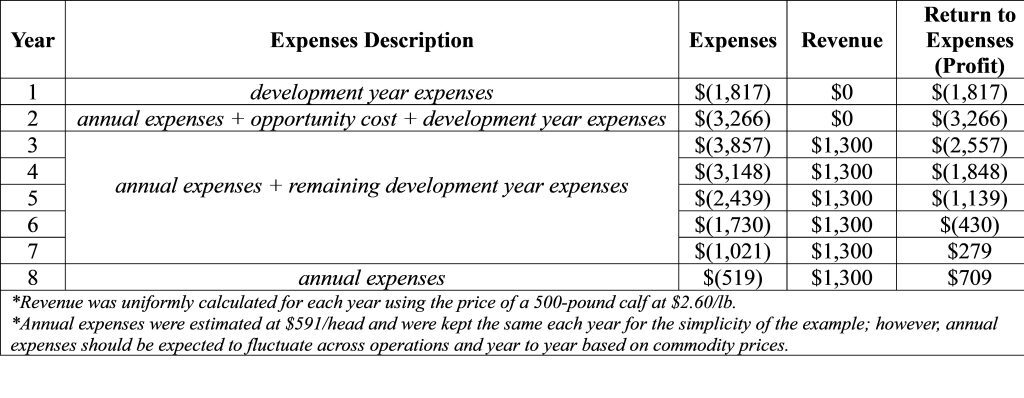



Hypothermia & Newborn Calves
Often difficult to identify, calf hypothermia is best treated early with the help of thermometers to diagnose what stage the condition has reached, advises Tracey Renelt, Extension Dairy Field Specialist for South Dakota State University.
Whether you are a dairy producer who calves year round, a beef producer who may calve early, or if you have a calf that is born under less-than-desirable conditions, hypothermia is something that we need to be concerned about, especially this time of year. The National Animal Health Monitoring System (NAHMS) in 2007 found that the average mortality of pre-weaned calves on farms during 2006 was 7.8 per cent .
Often pre-weaned death is a result of respiratory infections or diarrhea, and often come about due to dystocia and poor environmental conditions at birth. Surveys also show that mortality in beef herds from birth to weaning also ranges from 3-7 per cent . The majority of normal deaths occur within the first 24 hours of life. The leading causes of death during this 24 hour period is dystocia (difficult births) and hypothermia (cold stress), especially this time of year.
There are two types of hypothermia: exposure (gradual) and immersion (acute). Exposure hypothermia is the steady loss of body heat in a cold environment through respiration, evaporation, and lack of adequate hair coat, body flesh, or weather protection.
Immersion hypothermia is the rapid loss of body heath due to a wet, saturated hair coat in a cold environment. Immersion hypothermia often occurs after the birthing process because the calf is born saturated with uterine fluids. Other causes of immersion hypothermia of young calves may include being born in deep snow or wet ground, falling into a creek, or being saturated from heavy rains followed by chilling winds.
Mild hypothermia occurs as the body’s core temperature drops below normal (approximately 100° F for beef calves and 101.5° F for dairy calves). Severe hypothermia results as the body temperature drops below 94° F. Below core temperatures of 94° F, the vital organs are beginning to get cold. Below 86° F, signs of life are very difficult to detect and the calf may be mistaken for dead.
The use of the thermometer is essential to determine the degree of hypothermia. Often a calf does not appear to be hypothermic, however upon taking its temperature, you find that the calf’s body temperature is below normal. This is often brought on by dystocia, which may have put the calf in a hypoxic (lack of oxygen) situation. The calf being hypoxic, is slow to dry off and nurse, which allows hypothermia to set in.
Returning the calf’s core body temperature to normal (100° F for newborn beef calves or 101.5° F for newborn dairy calves) is the immediate concern versus maintaining the calf’s body temperature long-term.
Clean dry towels or calf blankets can be used to help dry the calf off and help increase the core body temperature while rubbing the calf vigorously. Floor-board heaters or pickup trucks, placing calves next to the heater in the house, submersion of wet calves in warm baths, or placing the calf in a warming box are all methods which have been used over the years, especially if the calf is experiencing severe hypothermia.
Feeding the hypothermic calf warm colostrum as soon as possible speeds recovery and increases the probability of full recovery. Breathing the warm air, coupled with consumption of warm colostrum, heats the calf from the inside out and provides the needed energy to overcome the trauma they just went through.
Once the calf has regained its normal body temperature and is completely dried off, it should be returned to its normal environment.
Early treatment of hypothermic calves is important. The severely hypothermic calf can be revived and saved. However, they often are set back from the experience and their immune system can be compromised. Thus, these calves should be watched more closely as further calfhood health complications may arise.
April 2013


